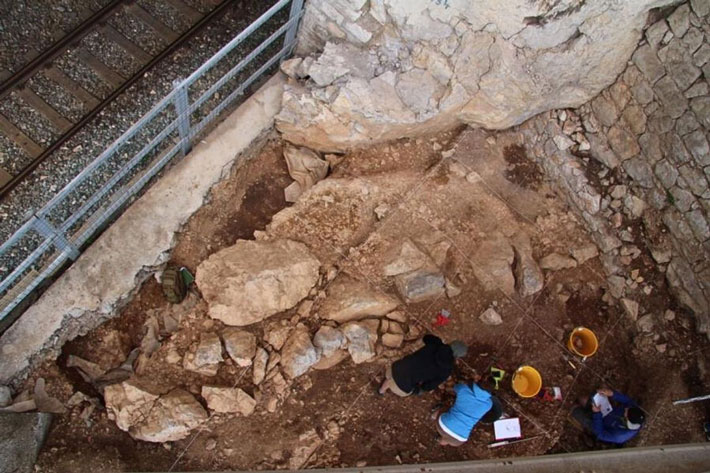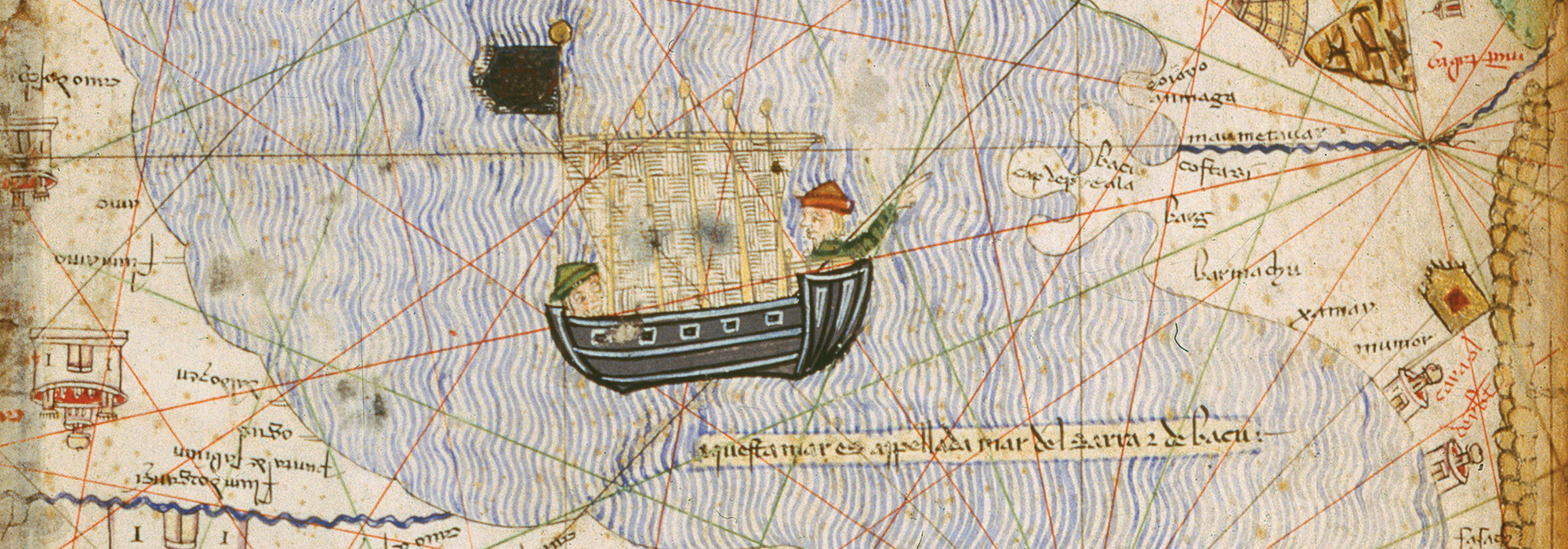
LIGURIA, ITALY—According to a statement released by the University of Montreal, a new study of the Riparo Bombrini rock shelter in northwestern Italy suggests that both Neanderthals and modern humans used the space in a structured way. Amélie Vallerand and Julien Riel-Salvatore of the University of Montreal and Fabio Negrino of the University of Genoa mapped the distribution of stone tools, animal bones, ocher, and marine shells on the surface of three layers at the site that were inhabited by Neanderthals or modern humans. The researchers were then able to identify and tally clusters of artifacts and materials, and determined that both Neanderthals and modern humans designated areas of the shelter for high and low activity. The locations of hearths and refuse pits were found to have been reused over thousands of years. “Like Homo sapiens, Neanderthals organized their living space in a structured way, according to the different tasks that took place there and to their needs,” Vallerand explained. Overall, however, Neanderthal occupation of the site showed fewer clusters of artifacts and lower artifact densities. Neanderthals also appear to have stayed at Riparo Bombrini sporadically, while modern humans used the site as a short-term or long-term base camp. No evidence for contact between the two groups was found. To read about a cave in France where Neanderthals lived 176,000 years ago, go to "Gimme Middle Paleolithic Shelter."










